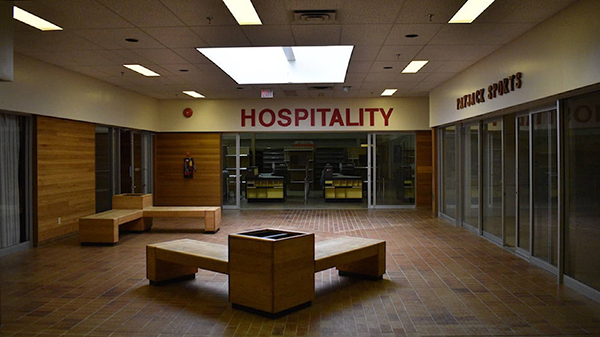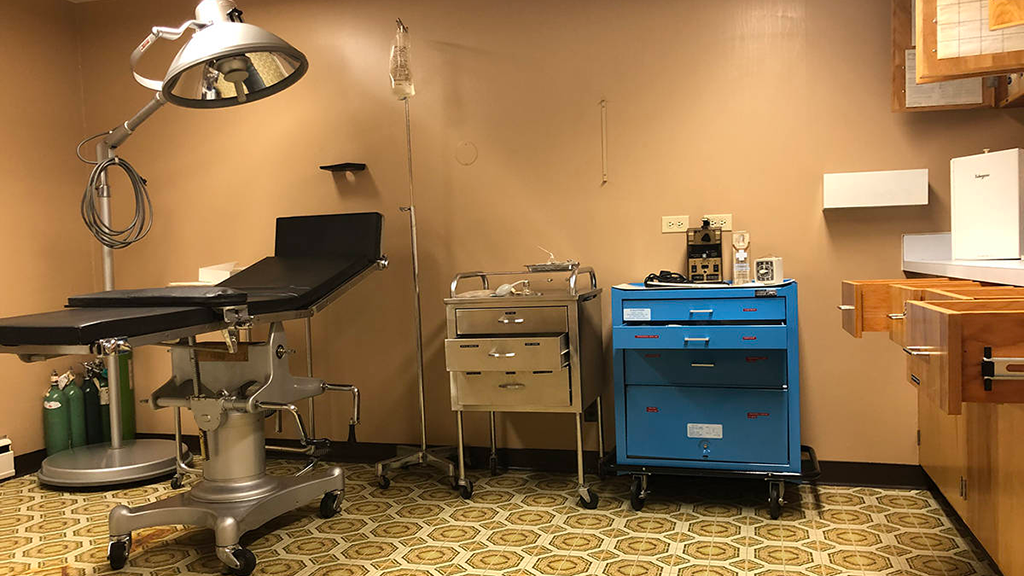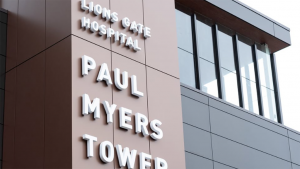What is ghost town? A settlement without townspeople, falling gently into decay? An abandoned village where reasonable people dare not tread for fear of crossing the paths of wraiths and spirits? Or is it a one-company town that dried up and blew away when the single business that supported it closed up shop and moved out?
Kitsault, B.C. is a hybrid ghost town. It’s not dead — many of its buildings are maintained and serviced by utilities, and mining company workers continue to inhabit part of the town. But it’s not fully alive either.
Kitsault is located on the North Coast of B.C. at the mouth of the Kitsault River. It would likely take you 17 hours to get there by car from Vancouver.
The town’s history was short-lived. Built in 1979 by the U.S. Phelps Dodge Corporation to support a molybdenum mine, it was designed to house 1,200 residents and cost more the $40 million to build. The town included apartment buildings, single-family dwellings, a shopping mall, bank, restaurant and rec centre. When molybdenum prices crashed a year-and-a-half later, the mine was closed and the townspeople left.
But the series of companies who subsequently owned the town made the unexpected decision to keep the lights on and the buildings heated.
Entrepreneur Krishnan Suthanthiran bought the entire town in 2005 at a reported price of $5.7 million, renaming it Chandra Krishnan Kitsault after his mother who had passed away. While he once envisioned the revival of Kitsault as a resort, he now sees an opportunity to transform the town into a community supporting an LNG export terminal accessible through Alice Arm, a deep, wide and ice-free waterway.
“I wouldn’t call it a ghost town,” he says. “I’ve spent a few million dollars per year maintaining the town, from roofers to drywallers, and I spend about $600,000 a year on electricity. It’s ready for workers to move in.”
What some people find eerie is the fact that the buildings are frozen in time. Living rooms feature colonial furniture and cathode ray tube televisions. A fully-equipped restaurant waits for customers to fill its empty seats. A sign on the wall of the local RBC bank branch still announces its closing day. A typewriter waits for a fresh sheet of paper to be inserted against the platen.
Why weren’t these items removed when everybody left?

“The people took their personal belongings, but everything else that was left behind actually belonged to the mining company who built the town,” Suthanthiran says.
Rob Bryce, owner of Northern BC Jet Boat Tours in Terrace, schedules guided ghost town tours across the region. At one point the schedule included Kitsault. But he says that the town isn’t his eeriest stop — except maybe the basement of the hospital.
“It’s full of all these rooms and caverns and it’s very poorly lit,” he says. “You’re almost expecting to walk into the morgue. There’s also something about seeing an IV bag that expired in 1983 that sets you on edge.”
The ghost town of Anyox, about 30 kilometres west as the crow flies has stranger vibes, he says. Construction began in 1912 to support a gold, silver and copper mine. The town soon grew to 3,000 residents and included a hydroelectric dam, tennis courts, curling rink and golf course. Anyox was abandoned in 1935, when the mine shut down.
Nature has done its part to reclaim the streets of Anyox, with one unusual exception. A circle 30 feet in diameter located near the hotel.
“It’s marked by rocks around its circumference,” he says. “We call it the sacrificial circle because it looks like there might be a heap of bones in the middle of it. The forest has begun to reclaim the paved surface of the town, with trees growing out of concrete pads nearby. But nothing seems to want to grow in the sacrificial circle.”
The most elaborate headstone in the Anyox cemetery sits at the head of an eight-foot by four-foot slab of concrete that’s tilted off kilter and caved in.
“It looks as though someone might have dug the body out of there,” Bryce says. “Or maybe someone got out on their own.”











Recent Comments
comments for this post are closed